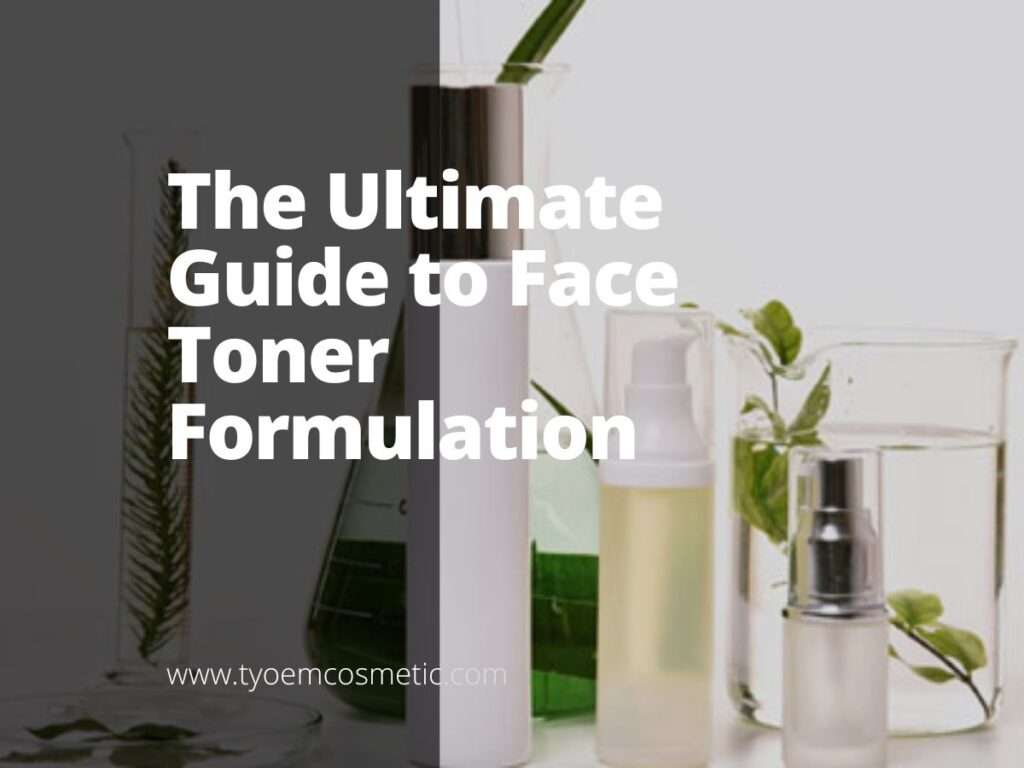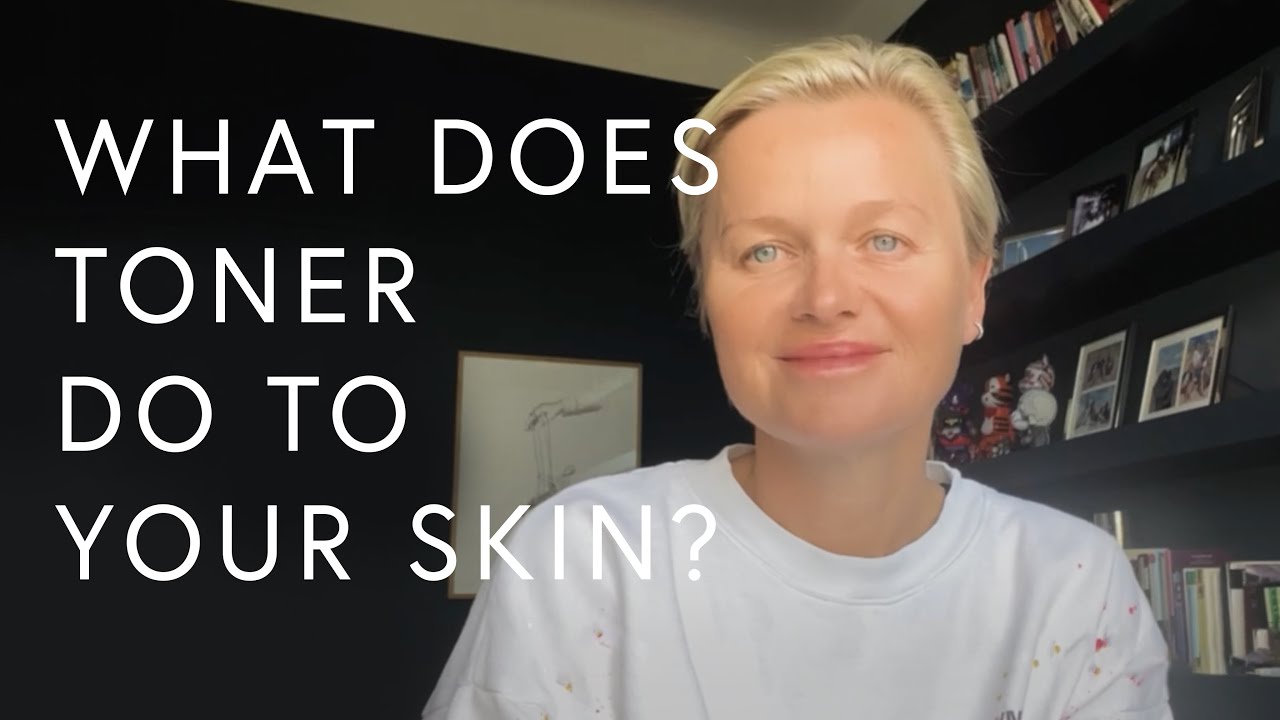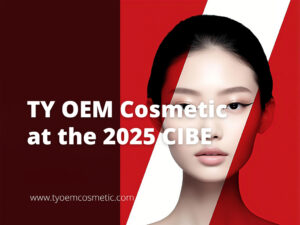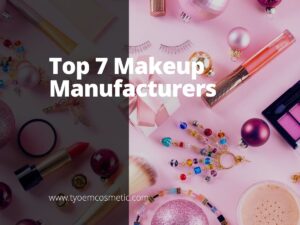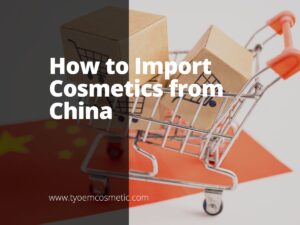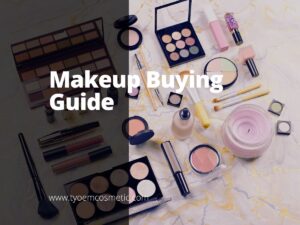I still remember the first time I tried to create a face toner formula in my small lab. I spent days testing ingredient ratios, tweaking pH, and running shelf checks, only to see it fail.
All those trials taught me what works and what just wastes time. So, I dive deeper into research, consult other formulators, and keep refining until I get it right.
You can trust this guide because I’ve helped many cosmetic brands develop stable, effective toners that meet real business needs. I’ve done the messy work so you don’t have to.
This article will break down everything from choosing actives and balancing pH, to making sure your toner holds up on the shelf. By the end, your questions on toner formulation will be answered.
I wish someone had handed me this kind of roadmap back then.
Let’s get into it!
1. Overview of Face Toners and Their Role in Skincare
I’ve seen many brands overlook toners, treating them like an afterthought. But the truth is, a good toner does more than just “prep the skin.” It helps balance pH after cleansing, clears leftover impurities, and sets the stage for serums and moisturizers to work better.
When you add a toner to your line, you’re offering your customers a product that supports the whole routine, not just another step. Your toner can soothe, hydrate, or refine pores depending on what you put in it. That means it plays a big part in how people feel about your entire skincare range.
2. Benefits of Using Face Toner
You might be wondering, what does toner really do for the skin?
A good toner isn’t just filler. It has real function, and it supports the entire routine. Here are the benefits of face toner:
Helps Balance Skin pH
After cleansing, skin pH can swing higher than normal, especially if your customers use strong cleansers. A toner helps bring it back to its natural range.
I’ve tested formulas where pH balance made the difference between irritated skin and happy skin. Keeping skin slightly acidic helps maintain its barrier, which is key for overall health.
This simple step often makes other products in the routine perform better too.
Preps Skin to Absorb Other Products
Think of toner like the primer before paint. It creates the right base.
When your customers use toner, their skin becomes more receptive to serums and moisturizers. Hydrated skin takes in active ingredients more effectively.
I’ve watched brands get fewer returns and more repeat orders just because their toner helped everything else work better. That’s a payoff worth aiming for.
Can Target Specific Skin Needs
Toners aren’t one-size-fits-all. You can build them to hydrate, calm redness, tighten pores, or even gently exfoliate.
By choosing smart actives, you give customers something that feels like it’s made for their exact needs.
That personal fit often means higher loyalty and trust in your brand. I’ve seen brands expand sales just by tailoring toners for oily, dry, or sensitive skin types.
Gives a Fresh, Clean Feel
There’s a sensory payoff with toner that people love. It leaves skin feeling clean, fresh, and lightly hydrated without heaviness.
That means customers are more likely to stick with their routine, which is good news for your entire line.
A well-formulated toner can also reduce leftover residue from cleansers or hard water.
3. Types of Toners for Different Skin Types
One thing I’ve learned from working with brands is that a single toner formula rarely fits everyone. Customers have different skin needs, and offering targeted options can set your line apart.
Let’s look at the main types of toners and who they’re best for:
Toners for Dry Skin
These toners focus on pulling moisture into the skin and holding it there. I’ve used ingredients like glycerin, hyaluronic acid, and panthenol to build toners that keep dry skin comfortable all day.
Your customers with flaky or tight skin will appreciate a formula that soothes and softens right after cleansing. Adding lightweight oils or ceramides can also help lock in hydration without feeling greasy.
Toners for Oily and Combination Skin
Oily and combination skin types often look for products that help manage shine without stripping. I’ve seen brands succeed with toners that include mild astringents like witch hazel or niacinamide to control sebum.
These formulas help keep pores looking tighter and reduce that mid-day slick feeling.
It’s smart to avoid heavy emollients here so the skin feels light and refreshed.
Toners for Sensitive Skin
Sensitive skin needs extra care. I usually build these toners with soothing extracts like chamomile, aloe, or centella asiatica.
The goal is to reduce redness and irritation, giving the skin a calm, balanced feel. For brands, it’s wise to keep these formulas fragrance-free and limit strong actives.
That way, your toner becomes a safe choice for even the most reactive customers.
Toners for Dull or Acne-Prone Skin
When customers want clearer, brighter skin, gentle exfoliating toners are the go-to. I’ve worked on formulas with low levels of AHAs like glycolic or lactic acid, or BHAs like salicylic acid for acne concerns.
These help lift dead skin cells, unclog pores, and improve overall texture. They shouldn’t be harsh; a balanced pH and soothing extras make a big difference.
With the right build, you give customers real results without going overboard. TY Cosmetics can help you create focused, effective formulas that fit your audience’s needs and reflect your brand’s style.
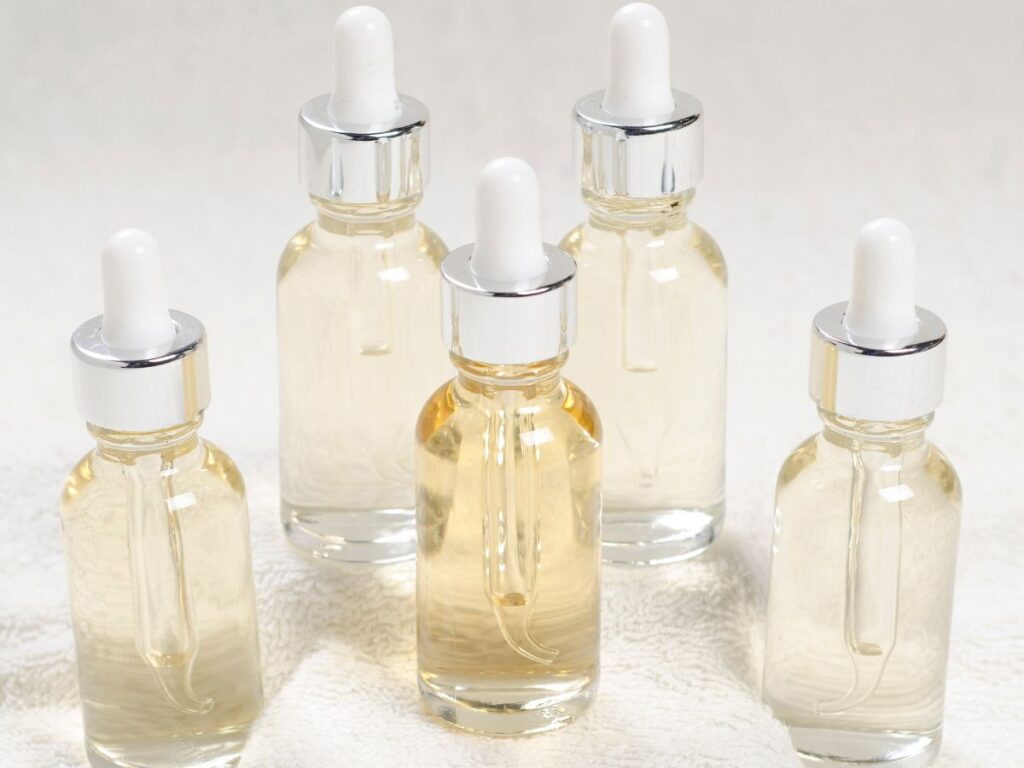
4. Key Ingredients in Face Toner Formulations
I’ve tested a lot of ingredients over the years to see what actually makes a toner perform well. The right mix can turn a simple water-like product into a workhorse for your skincare line.
Here are some of the key players I recommend you consider.
- Humectants (Like Glycerin, Hyaluronic Acid): These draw water into the skin and keep it there. They help your toner hydrate without feeling heavy.
- Mild Astringents (Like Witch Hazel, Niacinamide): They can help tighten pores and control oil. I’ve seen them make a big difference for brands targeting oily skin lines.
- Soothing Agents (Like Aloe, Chamomile, Centella): These calm irritation and reduce redness. Great for sensitive skin formulas that need a gentle touch.
- AHAs and BHAs: Ingredients like glycolic, lactic, and salicylic acids lightly exfoliate to improve texture. They’re especially helpful for dull or acne-prone skin.
- Antioxidants (Like Green Tea, Vitamin C): These protect against environmental stress. They also add a marketing edge since customers look for antioxidant claims.
- Botanical Extracts: I’ve used everything from cucumber to calendula to give toners a skin-soothing boost. They add mild benefits plus a clean label appeal.
- Lightweight Emollients (Like Squalane or Small Amounts of Oil): They soften skin without clogging pores. Useful in toners meant for dry or mature skin.
- Preservatives: A good preservative system keeps your toner safe and stable on the shelf. It’s something you can’t skip if you want repeat buyers.
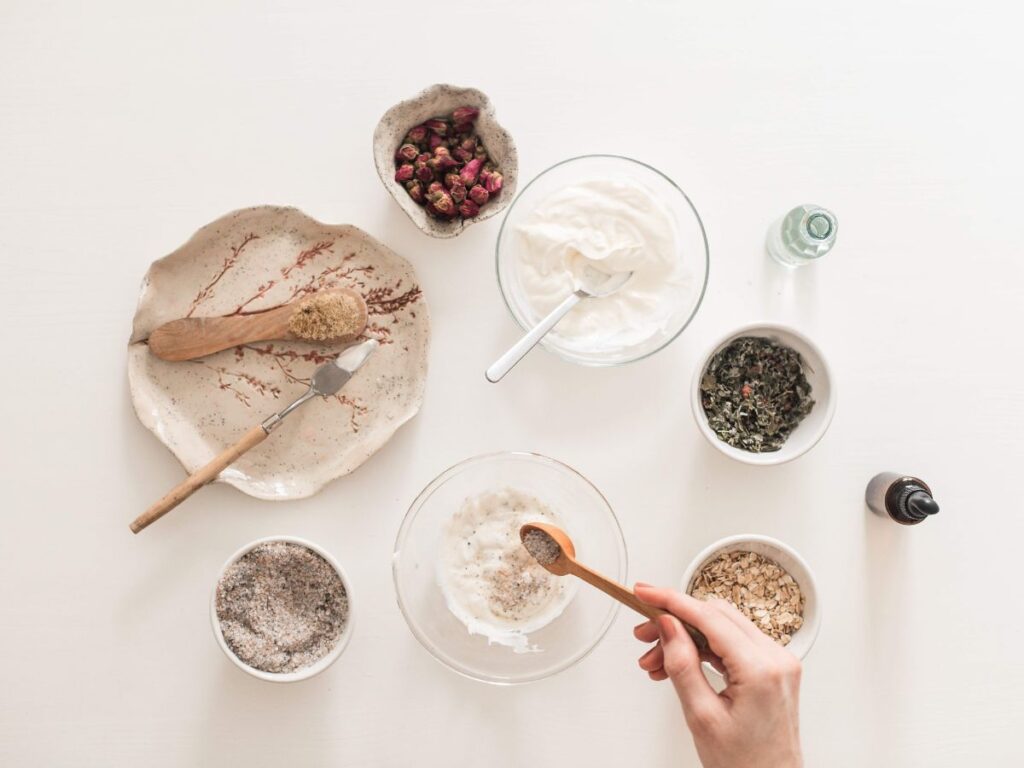
5. Step-by-Step Guide to Formulating a Face Toner
Formulating a toner isn’t just tossing water and extracts together. I’ve helped enough brands know that a careful process saves time, money, and customer complaints later on.
Here’s how I typically guide businesses through making a solid toner.
Step#1 Set Clear Goals for Your Toner
First, decide what your toner needs to do. Is it hydrating, balancing oil, calming sensitive skin, or gently exfoliating?
These goals steer every choice, from activities to marketing claims.
I’ve seen brands skip this and end up with a product that tries to do everything, but does nothing well.
Step#2 Choose and Build Your Base
Water is usually your largest ingredient, but don’t stop there. Many brands use aloe juice or hydrosols for extra benefits.
Then add humectants like glycerin or hyaluronic acid to hold moisture in the skin.
I always get the base right first, the texture and slip matter before layering anything else.
Step#3 Add Actives and Supporting Ingredients
Once the base feels good, mix in your core actives. This could be niacinamide for pores, green tea for antioxidants, or lactic acid to lightly exfoliate.
Balance this with soothing ingredients so it doesn’t irritate.
Too many activities can cause trouble, so keep it focused. I’ve learned to tweak one thing at a time so testing stays clear.
Step#4 Adjust pH and Finalize Preservatives
Now fine-tune the pH to keep the formula stable and skin-friendly. Most toners work best between 4.5 and 6. Add your preservative system last and run quick checks to confirm it plays well with your formula.
This is key to stopping mold and bacteria from growing.
Step#5 Run Stability and Shelf Tests
Once it all comes together, don’t skip testing. Watch for separation, color shifts, or scent changes over a few weeks.
I’ve done countless shelf tests for brands to catch problems early. This step protects your reputation and helps make sure customers stay loyal to your line. TY Cosmetic can support you through this, providing the technical insights needed to uphold consistent quality.
6. Criteria for Assessing Toner Quality and Effectiveness
I’ve worked with brand owners who approved formulas based on supplier claims alone only to find out later that the product didn’t hold up. That’s why it helps to know what to look for beyond the label.
Here’s how you can assess toner quality and effectiveness without needing a lab background:
| Criteria | What to Look For | Why It Matters |
| Texture and Feel | Smooth, light, non-sticky finish on skin | Makes the toner pleasant to use, encouraging daily use. |
| Clarity and Appearance | No clouding, particles, or separation over time | Signals formula stability and builds customer trust. |
| pH Stability | Stays between 4.5 and 6 over tests | Keeps actives effective and avoids irritating the skin. |
| Absorption Rate | Sinks in fast without leaving residue | Helps other products layer well and keeps skin balanced. |
| Fragrance Balance | Light, pleasant scent or fragrance-free | Reduces risk of sensitivity and appeals to more customers. |
| Active Performance | Actually hydrates, calms, or controls oil as claimed | Delivers on marketing promises, keeping customers loyal. |
| Preservation Check | Passes microbial tests during stability trials | Prevents contamination and keeps product safe. |
| Shelf Life | Looks, smells, and performs the same after months | Supports distribution and long store display times. |
| Packaging Fit | Doesn’t leak, clog, or react with the formula | Avoids damage in shipping and customer complaints. |
| Customer Feedback | Few complaints, repeat buys, positive reviews | Real proof your toner works and satisfies users. |
By using these criteria, you’ll be able to assess toner samples with more clarity helping you choose a formula that truly supports your brand and your customers.
7. Safety and Preservation in Face Toner Formulation
I’ve worked on hydrating toners that felt perfect at first but changed in color and scent after a few weeks. That experience taught me not to rush this step, no matter how good the sample looks on day one.
Here’s what to focus on when reviewing or approving your hydrating toner formulation:
Watching pH and Its Role in Safety
Your toner’s pH doesn’t just affect skin feel, it helps control microbial growth. Most toners sit between 4.5 and 6, which is gentle for skin and still discourages many microbes.
But some preservatives only work well within narrow pH ranges. I’ve learned to always double-check pH after the final blend.
This simple check keeps your formula effective and stable.
Keeping Equipment and Process Clean
Even the best formula can fail if your production area isn’t spotless. That means sanitized mixers, clean containers, and staff who understand proper handling.
Make sure your team follows strict hygiene from batching to bottling. It protects both your brand’s reputation and your customer’s skin.
Running Challenge and Stability Tests
Before you ship out your toner, run microbial challenge tests. This checks if your preservative system actually stops bacteria and mold over time. I also look at how the toner holds up to light, heat, and regular handling.
It might sound like extra work, but these tests give you real confidence in your product.
And in this business, that peace of mind is worth a lot.
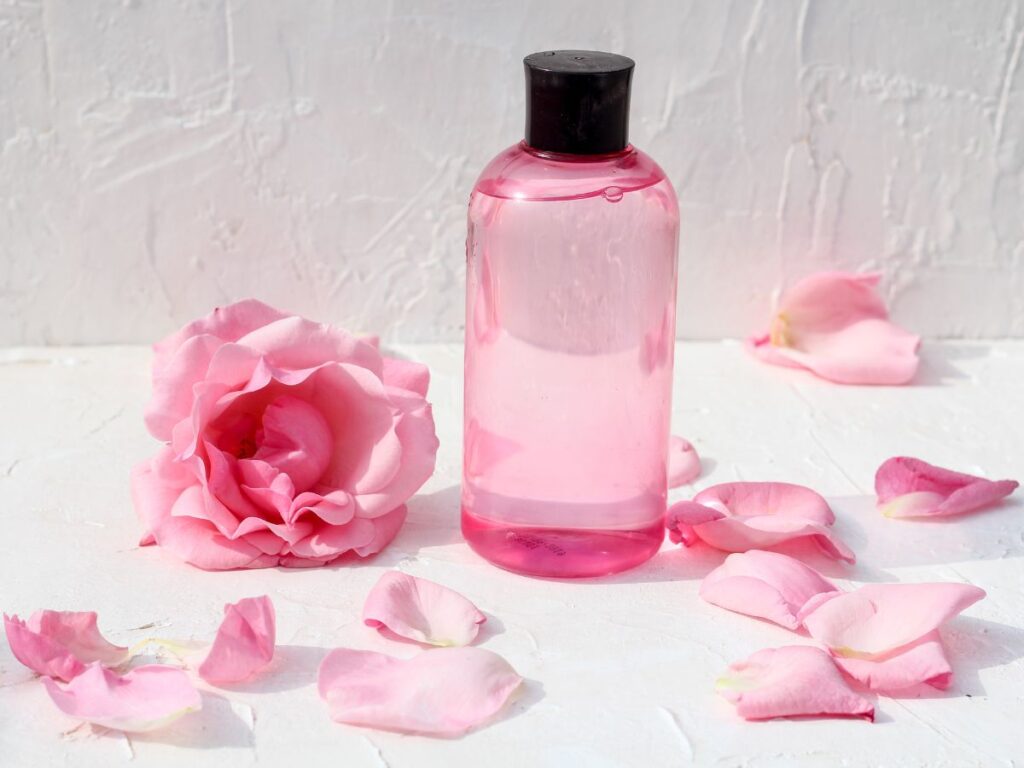
8. Factors To Consider When Choosing The Right Face Toner
Choosing the right toner isn’t just about picking what sounds good on paper. It’s about finding a formula that fits your customer’s needs, supports your brand story, and performs well in real life.
Here’s what to think through before saying yes to a toner sample:
Know Your Customer’s Skin Type and Concerns
Start by getting clear on who you’re selling to. Are they mostly dealing with dryness, oiliness, sensitivity, or breakouts?
The more targeted your toner, the easier it is to position and market it later. That makes your job simpler down the road.
Check Ingredient Compatibility and Claims
If you plan to promote certain benefits like oil control or calming redness, your formula has to back that up. Make sure your activities actually work well together and stay stable over time.
I’ve watched brands lose trust when their toner stopped performing after a few weeks on the shelf. A little upfront testing saves a lot of customer complaints.
Think About Packaging and Shelf Life
Your toner might look great in a clear bottle, but does it protect sensitive ingredients from light? Some actives break down fast under UV.
Also make sure your packaging doesn’t react with essential oils or acids. I always test formulas in the final container to catch surprises early.
It’s these small steps that keep your toner stable and your brand protected.
Dive Deeper Into Our Resources
Interested in discovering more? Gain instant access to our diverse range of products:
Targeted Glow Formulas
Holistic Care Collections
If you’re looking for more insights, we’ve put together a list of helpful articles that you might enjoy:
Still haven’t found what you’re looking for? Don’t hesitate to contact us. We’re available around the clock to assist you.
Conclusion
That messy first batch in my small lab was worth it. It gave me the hard lessons that shaped this entire guide on face toner formulation.
You now have the tools to craft a toner that’s stable, safe, and truly meets your customers’ needs.
No more guessing. You’re ready to lead the conversation.
So what’s stopping you?
If you’re ready to create a face toner that fits your brand, TY Cosmetic is ready to help.
Contact us today and let’s get started!


